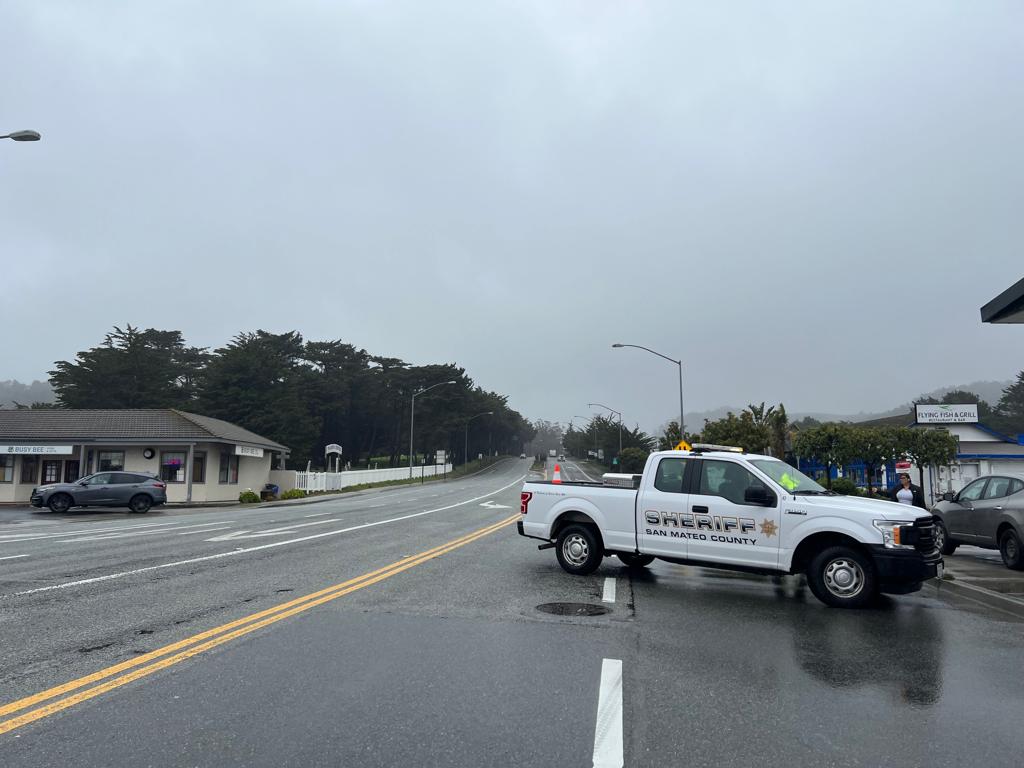
For Bay Area residents, the seemingly endless cascade of storms that began late last year has not been easy. With rain in the Bay Area forecast, officials are urging people to stay alert and prepare for all kinds of things that could go wrong.
Natural disasters, particularly weather-related disasters, are becoming more frequent and more costly, both in terms of lives and losses. Extreme heat is now one of the deadliest types of weather events in the United States, causing more deaths than hurricanes, tornadoes or floods.
The best time to prepare for any potential disaster is now, and not until the lights go out or when emergency managers issue evacuation orders, San Mateo County officials said.
In light of this, authorities have issued a guide to key local information that can help you and your family overcome an emergency, whether floods, fires, tsunamis, earthquakes or other challenges.
Register to receive emergency alerts
- Local emergency officials say the best first step you can take is to sign up for SMC Alert, a messaging tool that sends concise, actionable emergency information to email, cell phones, other devices, and landlines.
The alert is completely free and available in all cities and towns in San Mateo County.
- MyShake It is classified by the state as
